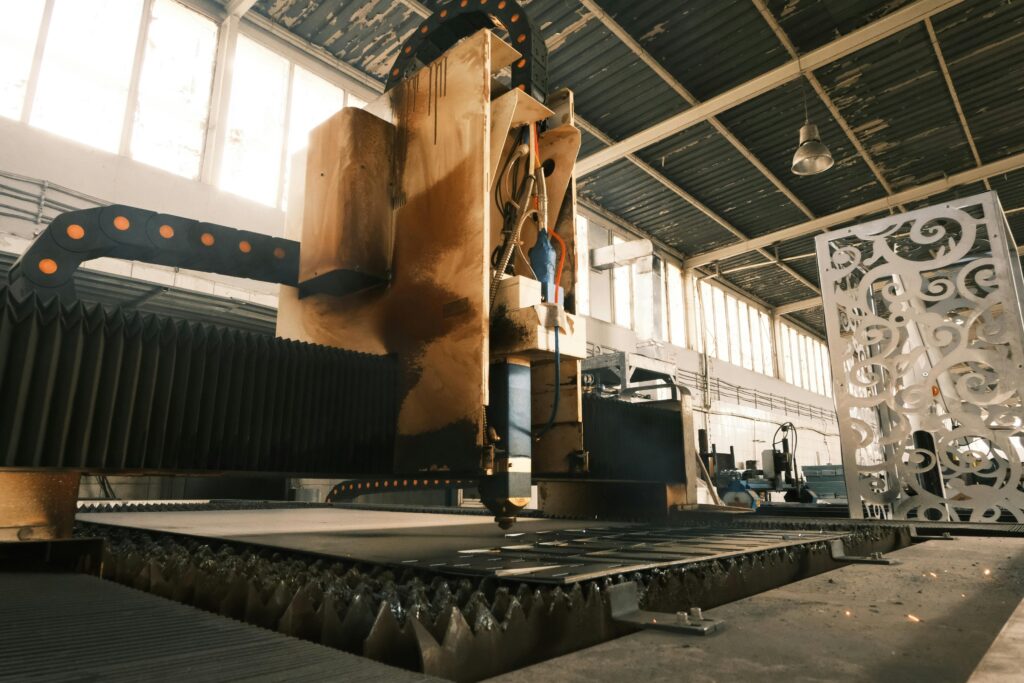Common Misconceptions About Cost Segregation Studies (And the Truth Behind Them)

Cost segregation studies are a means to achieving powerful tax savings by more finely categorizing building components for accelerated depreciation.
Large owners of commercial property can save millions of dollars in taxes, but even smaller entities can slash their taxes substantially. Many property owners fail to exploit this tax advantage because they harbor misconceptions about it.
A Step-by-Step Guide to Claiming the §179D Deduction for Energy-Efficient Upgrades

Navigate Section 174 challenges with NTG Mutual’s 174 Coverage. Discover solutions for managing R&D expenses effectively under new regulations.
What is a Cost Segregation Study? A Complete Guide for Real Estate Investors

A Cost Segregation Study helps businesses accelerate depreciation on owned property, unlocking significant tax savings and improving cash flow. Learn how it works and why you need a qualified specialist to maximize your benefits.
Top Industries That Qualify for R&D Tax Credits (And How to Maximize Benefits)

The R&D Tax Credit offers valuable savings for businesses of all sizes investing in innovation. Many miss out due to misconceptions—R&D includes any product, process, or software improvement, not just lab research.
How the §179D Energy-Efficient Tax Deduction Can Benefit Commercial Building Owners in 2025

Since 2006, the §179D tax deduction has rewarded commercial building owners for energy-efficient upgrades—now worth up to $5.65 per sq. ft. Qualifying improvements include HVAC, lighting, and building envelope upgrades, with extra benefits for architects and engineers of tax-exempt projects. The rules are complex, but National Tax Group ensures compliance and maximized savings. It’s not too late to claim 179D for 2024! Contact NTG today.
How Do Small Businesses Leverage Energy Modeling Reports?

The SBA 504 Green Loan offers businesses up to $5.5 million per project with no cap on total borrowing for energy-efficient upgrades. To qualify, companies must reduce energy usage by at least 10%, generate 15% or more from renewables, or achieve LEED certification. An energy modeling report from National Tax Group (NTG) ensures eligibility by simulating energy use and savings without requiring a site inspection. With long-term rates under 5% and financing covering up to 90% of project costs, this program makes sustainable improvements both affordable and beneficial—helping businesses save money while reducing their carbon footprint.
Recent Changes to the Section 179D Energy-Efficient Buildings

The 179D tax deduction rewards commercial property owners, architects, and engineers for energy-efficient upgrades, offering up to $5.65 per square foot in 2025. Eligible projects must reduce energy use by at least 25%, with bonuses for higher savings and prevailing wage compliance. Solar, HVAC, lighting, and building envelope upgrades qualify, with deductions resetting every four years to encourage ongoing improvements. National Tax Group (NTG) ensures businesses maximize savings with audit-proof engineering studies.
Choosing the Right Cost Segregation Company: Key Tips

A cost segregation study helps commercial property owners accelerate depreciation, significantly reducing taxes and increasing cash flow. By reclassifying assets, businesses can depreciate parts of their property over 5, 7, or 15 years instead of 27.5 or 39 years, unlocking immediate tax savings. For example, a $10M property could see first-year depreciation jump from $205K to over $900K, cutting tax liability by hundreds of thousands. Choosing a qualified provider is crucial—National Tax Group (NTG) delivers 100% audit-defensible studies, maximizing savings for property owners.
Potential Tax Law Changes in the New Trump Administration

With potential business tax cuts and the possible repeal of green-energy incentives, 2025 may be the last chance to claim the 179D deduction at its full value—up to $5.81/SF. Businesses with energy-efficient buildings should act now to secure maximum savings before changes take effect. Similarly, the R&D Tax Credit remains in flux, with uncertainty over immediate expensing. National Tax Group (NTG) provides expert risk assessments, cost segregation studies, and energy modeling to help businesses optimize their tax strategy and maintain cash flow, regardless of legislative shifts.
Maximizing Your §179D Deduction: Best Practices for 2025

Section 179D provides significant tax deductions for energy-efficient commercial buildings, offering up to $5.81 per square foot in 2025. Architects and engineers involved in designing energy-saving elements can also claim deductions. Businesses meeting prevailing wage and apprenticeship requirements can maximize savings. Lookback provisions allow claims on projects completed since 2006. Given the complexity of 179D, professional assistance is recommended for compliance and certification. Proper planning, documentation, and awareness of tax law changes can help businesses optimize their deductions while promoting sustainability.